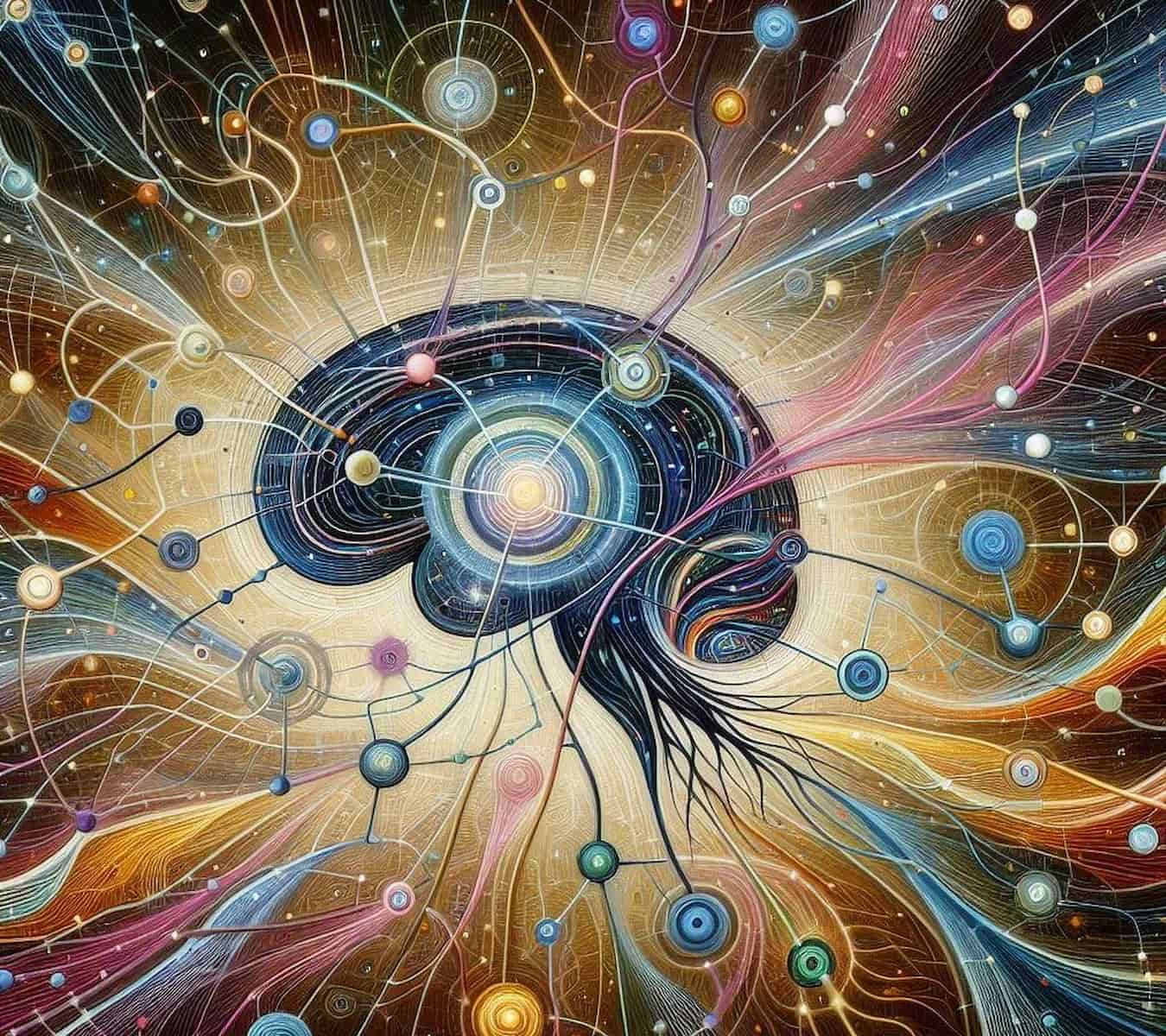Noogenesis: The Evolution of the Mind
Noogenesis is the emergence and evolution of the mind. The term first appeared in 1955 in the book by Pierre Teilhard de Chardin.

Noogenesis is the emergence and evolution of the mind. The term first appeared in 1955 in the book by Pierre Teilhard de Chardin.

